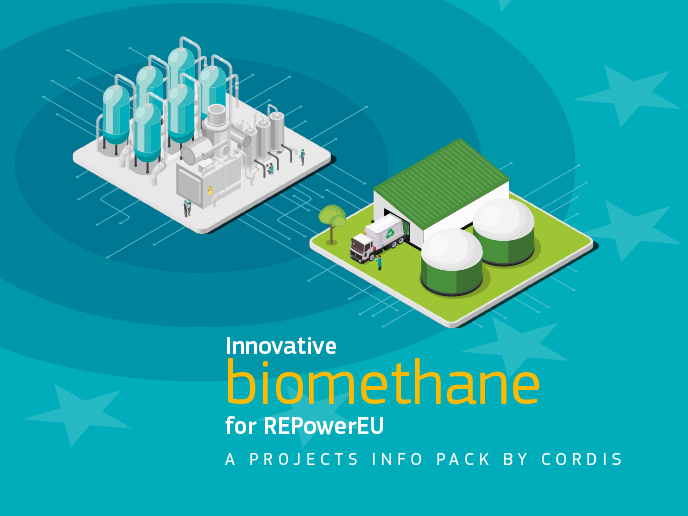NMR exposes lithium battery failure mechanisms
Unlike lithium- or sodium-ion batteries that are commonly found in grid storage, electric vehicles and handheld electronics, batteries with a pure metal electrode are not yet rechargeable. During charging, thin metallic structures, called dendrites, sprout from the electrode surface and spread through the electrolyte until they reach the counter electrode. Their formation can pose a risk to the battery safety, causing it to overheat or even catch fire. Within BATTINSITU (In-situ nuclear magnetic resonance investigation of the critical failure mechanism of lithium batteries: toward safer, highly reliable and energy dense storage), scientists successfully applied in situ methods to evaluate the nature of the metallic lithium grown on lithium metal anodes. Through using NMR spectroscopy, the project team focused on the impact that different lithium electrolyte and separator materials may have on the dendrite morphology. In contrast to the commonly used carbonate electrolytes, ionic liquid electrolytes were found to cause a sparse dendrite distribution, mainly because ion transport to the electrode is much smaller. Unless the electrode was entirely encapsulated, dendrites formed around the edges of separator discs for all separator materials under test. For the first time, scientists applied NMR to get time-resolved, quantitative information about sodium batteries – attractive candidates for replacing lithium batteries due to the sodium abundance. The team once again reported formation of sodium dendrites; sodium metallic deposits with very large surface area continued to accumulate even when charging with low currents. After reversing the current direction and charging with high currents, the team found that the metallic deposits could not be efficiently removed from the electrodes over time. Sodium ions also demonstrated surprisingly high mobility that was much higher than lithium ions in the analogous lithium system. Using this powerful, non-invasive and in situ method, NMR, scientists gained unique insight into the inside of lithium and sodium batteries. Project research represents the development of adequate and timely solutions to aid in the transition from non-renewable energy to sustainable and more secure energy.







